Related: The Most Memorable ‘Saturday Night Live’ Cameos Through the Years
Advertisement
Justin Timberlake returned to the Saturday Night Live stage for the first time in a decade, crashing host Dakota Johnson’s monologue.
“I’m so excited to be back at SNL. It’s sort of a reunion for me and Justin Timberlake [because] we were actually in a movie together called The Social Network,” Johnson, 34, said during the opening of the Saturday, January 27, episode, referring to the 2010 film after the invention of Facebook.
Before the actress could continue with her monologue, Timberlake, 42, walked onstage and surprised her.
“I remember those days, Dakota,” Timberlake mused before the Madame Web star asked why he was on the Studio 8H stage since he was tapped as Saturday’s musical guest. “I heard my name. I thought that was my cue,” he continued. “Well, if you want me to be in sketches, I have hosted before.”
Timberlake then mouthed that he’s previously hosted the show five times, to which Johnson pointed out that it was “10 years ago,” gushing that she was so excited for the singer to make his comeback on “my show.” While Johnson asserted that she didn’t need any help to complete her monologue, another surprise guest walked onto the stage.
Rosalind O’Connor/NBC
Jimmy Fallon, a former SNL cast member and a friend of Timberlake’s, then strutted on stage dressed in a 1970s-inspired white suit.
“Are we doing this?” Fallon, 49, asked before Timberlake pantomimed for the duo to leave the soundstage. Fallon added, “I’m here to say break a leg. These are my normal clothes!”
Timberlake and Fallon did get their wish for a cameo, appearing in the “Barry Gibb Talk Show” sketch in matching white suits and wigs to discuss the 2024 presidential election.
As the episode’s musical guest, Timberlake performed “Selfish” and “Sanctified,” both of which are tracks from his upcoming album, Everything I Thought It Was.
Timberlake is an SNL veteran, having been tapped as host and musical guest multiple times. He made his debut in 2000 with his ‘NSync bandmates Lance Bass, Joey Fatone, Chris Kirkpatrick and JC Chasez. Timberlake later hosted episodes in 2003, 2006, 2009, 2011 and 2013, playing double duty as host and musical guest three of those times.
Timberlake has also made many now-viral cameos on SNL, including several musical numbers with former cast member Andy Samberg and his The Lonely Island collaborators, Akiva Schaffer and Jorma Taccone. Timberlake and the comedy trio joined forces for several music videos, including “D–k in a Box.”
“Jorma [said], ‘What if we do the old popcorn in the movies prank?’ He was like, ‘You know the whole d–k in the popcorn,’” Timberlake recalled of the sketch pitch during a “Hot Ones” interview in 2020. “I was like, ‘That sounds super creepy, bro!’ To which we then said, ‘Yeah, that’s totally appropriate for two guys who are completely misled about what’s appropriate.’”
While Timberlake was game to try the concept, he was worried that the FCC would fine SNL if they said the word “d–k” on live television. By the time rehearsals started, the FCC informed them that the skit would need to be censored.
“I think the irony of that is, I think the funnier version of that is the bleeped-out version,” Timberlake added at the time. “I fully believe that that idea wouldn’t have been seen all the way through if the big wigs had known what we were doing.”
Schaffer, 46, previously told NPR in 2013 that Timberlake helped them find the sketch’s musical sound.
“When he came and did that song with us, he taught us, like, 10 things, I would say, that we still use to this day about just proper recording and kind of little tricks about using the left speaker vs. the right speaker and stuff like that,” Schaffer told the outlet.
Saturday’s episode also featured cameos from Shark Tank mentors Barbara Corcoran and Mark Cuban, who played themselves in an entrepreneurial sketch.
Saturday Night Live airs on NBC Saturdays at 11:30 p.m. ET.
Justin Timberlake returned to the Saturday Night Live stage for the first time in a decade, crashing host Dakota Johnson’s monologue. “I’m so excited to be back at SNL. It’s sort of a reunion for me and Justin Timberlake [because] we were actually in a movie together called The Social Network,” Johnson, 34, said during
Us Weekly Read More
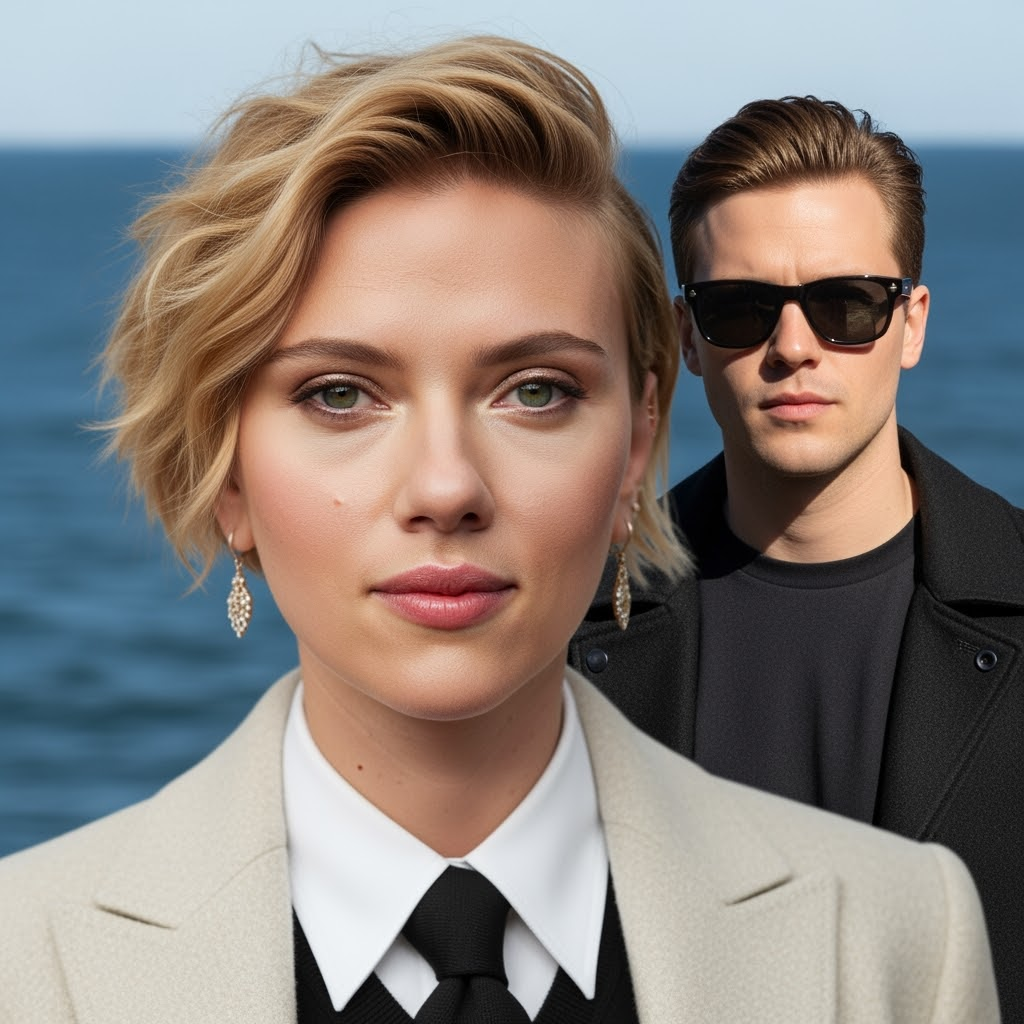
California just made a dramatic stand for human creativity, defeating the threat of AI actor clones with a sweeping new law that puts people—not algorithms—back in the Hollywood spotlight. With the stroke of Governor Gavin Newsom’s pen in October 2025, the state has sent a clear message to studios, tech companies, and the world: entertainment’s heart belongs to those who create and perform, not to digital facsimiles.
For months, the entertainment industry has been divided over the use of artificial intelligence in filmmaking. Studios, lured by promises of cost-cutting and creative flexibility, have invested in software that can mimic an actor’s face, voice, and even emotional range. But for performers, this wave of synthetic reproduction has triggered alarm—encouraged by chilling stories of deepfakes, unauthorized digital doubles, and contracts that let studios reuse a star’s likeness indefinitely, sometimes without pay or approval.
The new California law, anchored by AB 2602 and AB 1836, changes everything:
The legislation rides the momentum of the recent SAG-AFTRA strike, where real-life talent demanded control over their own digital destinies. Leaders say these protections will empower artists to negotiate fair contracts and refuse participation in projects that cross ethical lines, restoring dignity and choice in an industry threatened by silent algorithms.
Stars, unions, and advocacy groups are hailing the law as the most robust defense yet against unwanted AI replications.
As one actor put it, “This isn’t just about money—it’s about identity, legacy, and respect for real artists in a synthetic age.”
California’s move isn’t just a victory for local talent—it’s a warning shot to studios everywhere. Companies will now be forced to rethink production pipelines, consult legal counsel, and obtain proper clearance before digitally cloning anyone. Global entertainment platforms and tech developers will need to comply if they want to do business in the world’s entertainment capital.

These laws also set a template likely to ripple through other creative fields, from musicians whose voices can be synthesized to writers whose work could be mimicked by generative AI. For now, California performers finally have a powerful shield, ready to fight for the right to shape their own public image.
With its no-nonsense ban on AI actor clones, California draws a bold line, championing the work, likeness, and very humanity of its creative stars. It’s a landmark step that forces the entertainment industry to choose: respect real talent, or face real consequences. The age of the consentless digital double is over—human performers remain the true source of Hollywood magic.

Darby Kingman’s “Camp Wackapoo: Rise of Glog” redefines summer camp comedy with a wild, energetic story about ambition, chaos, and the joy of embracing the unexpected. The film centers on a relentlessly competitive camp counselor who’s determined to finish first—only to face a motley crew of unruly campers and a summer unlike any other.
As Darby puts it, “Not everything is that deep. It really honestly was to make people laugh. She has all these kids that are not working with her and she’s just losing her mind. It’s crazy, silly, goofy, and it was a blast.”
What started as a simple scene for Darby’s acting reel evolved into a full-fledged film with encouragement from her mentor at Debbie Reynolds Acting School. Darby dove into every role—writing, directing, starring, and meticulously preparing each prop and costume. “Plan and prepare, but also be flexible and ready to be in the moment—that’s when the magic happens,” she advises.
Working with a handpicked cast of her own dance students, Darby built an atmosphere of real teamwork and camaraderie. She credits the “precious” energy of her young cast, her creative director of photography, and the overall spirit of her production team for turning the project into something bigger than herself. Her experience is an inspiring blueprint for indie filmmakers:
“Take initiative and control of your career. You can’t just sit around and wait for somebody to pick you. Figure out what you’re good at and go for it. Create something that brings joy to others.”
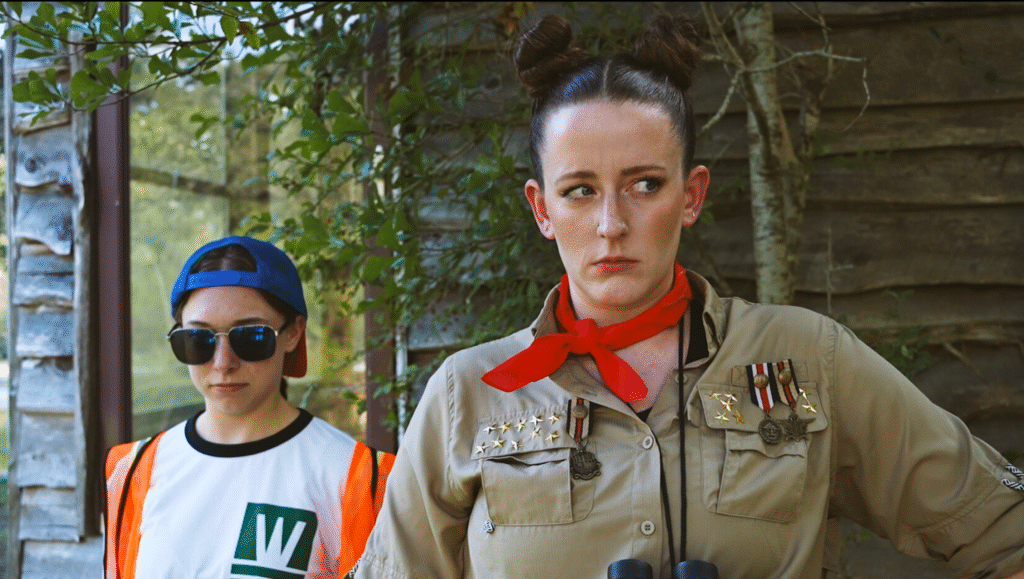
Her production motto? “Preparation is key, but you have to be ready to go with the flow—that’s when the magic happens.” Darby’s fearless creativity, focus on collaboration, and love for comedy shine throughout “Camp Wackapoo: Rise of Glog.” It’s more than just a camp satire—it’s a heartfelt testament to hard work, original humor, and leadership from the ground up: “People need to laugh right now. That’s a win.”
Catch “Camp Wackapoo: Rise of Glog” and experience Darby’s infectious energy and comic genius at the Deluxe Theatre on November 1, 2025. Get your tickets now at Houstoncomedyfilmfestival.com.
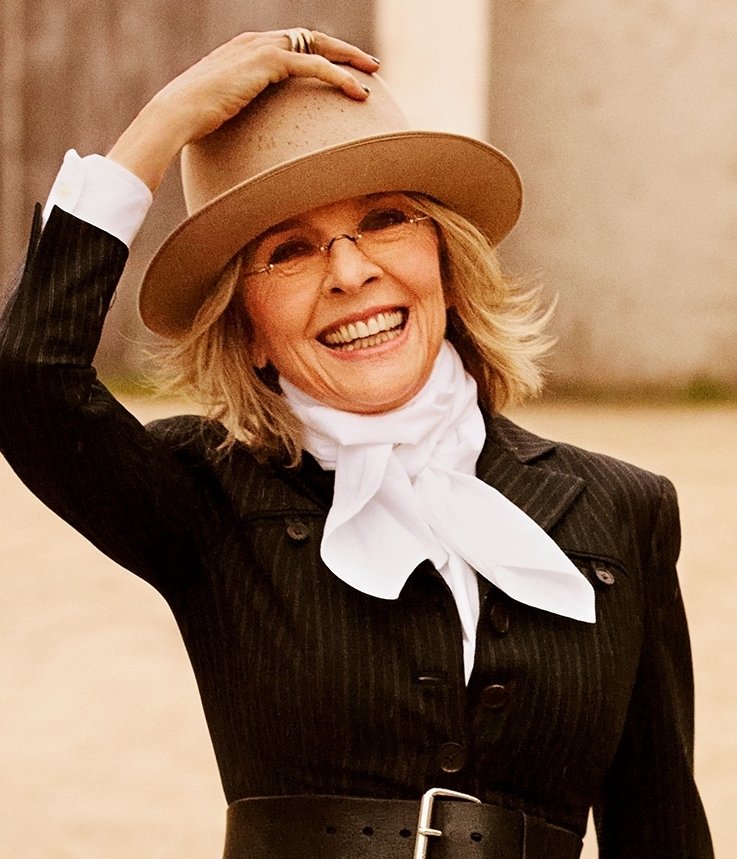
The world of film and entertainment is mourning the loss of Diane Keaton, an Oscar-winning actress renowned for her enduring talent, individuality, and influence on generations of performers and fans. Keaton died at the age of 79 in California on Saturday, October 11, 2025, her family confirmed. Details remain private, with her family requesting privacy as they grieve this profound loss.
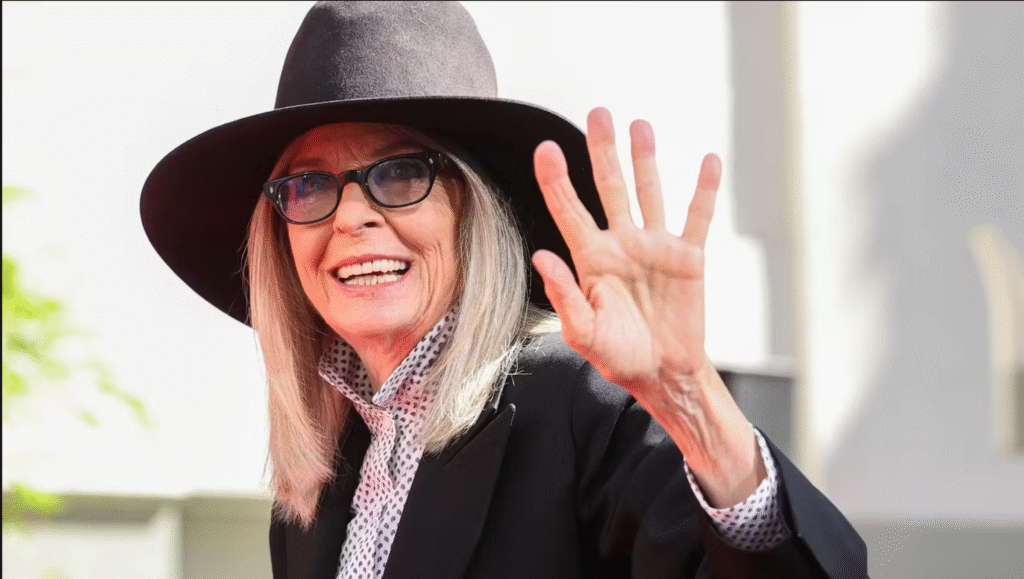
Diane Keaton rose to fame in the 1970s through a series of memorable roles, most notably as Kay Adams in “The Godfather” trilogy and as the quirky, unforgettable lead in Woody Allen’s “Annie Hall,” for which she won the Academy Award for Best Actress. Her performances in films like “The First Wives Club,” “Something’s Gotta Give,” and the “Book Club” series solidified her reputation as an actress with unique comedic timing and dramatic depth. Keaton was celebrated not only for her artistry but also for her androgynous fashion sense, characterized by menswear-inspired looks, hats, and an easy, effortless style that influenced generations.
Following the news of her passing, tributes poured in from Hollywood and beyond. Bette Midler, Goldie Hawn, and Jane Fonda were among the countless stars who expressed devastation and admiration for Keaton’s incomparable legacy. Hawn recalled their friendship and collaborations, writing: “Diane, we aren’t ready to lose you…you stole the hearts of the world and shared your genius with millions”. Midler echoed the sentiment, praising Keaton as “brilliant, beautiful, extraordinary” and a truly original presence in Hollywood.

Though fiercely independent and known for her openness, Keaton kept her declining health private in her final months. Friends and neighbors noticed her retreat from public life and social media, and she was recently seen less often in her Brentwood neighborhood. In the past, Keaton candidly discussed her ongoing battles with skin cancer and bulimia, openly advocating for personal health and authenticity.
Diane Keaton leaves behind a legacy defined by her fearless performances, unique style, and enduring influence on the arts. She is survived by her two children, Dexter and Duke. As Hollywood and her global fanbase mourn, her pioneering spirit and unmistakable voice will continue to inspire generations.
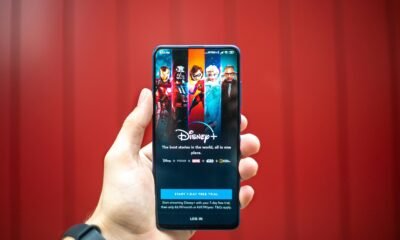

Disney Loses $3.87 Billion as Subscription Cancellations Surge After Kimmel Suspension
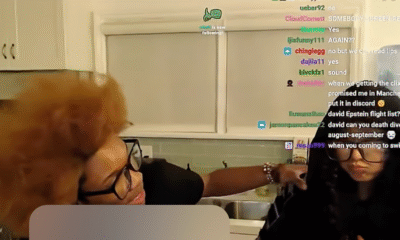

What the Deletion Frenzy Reveals in the David and Celeste Tragedy
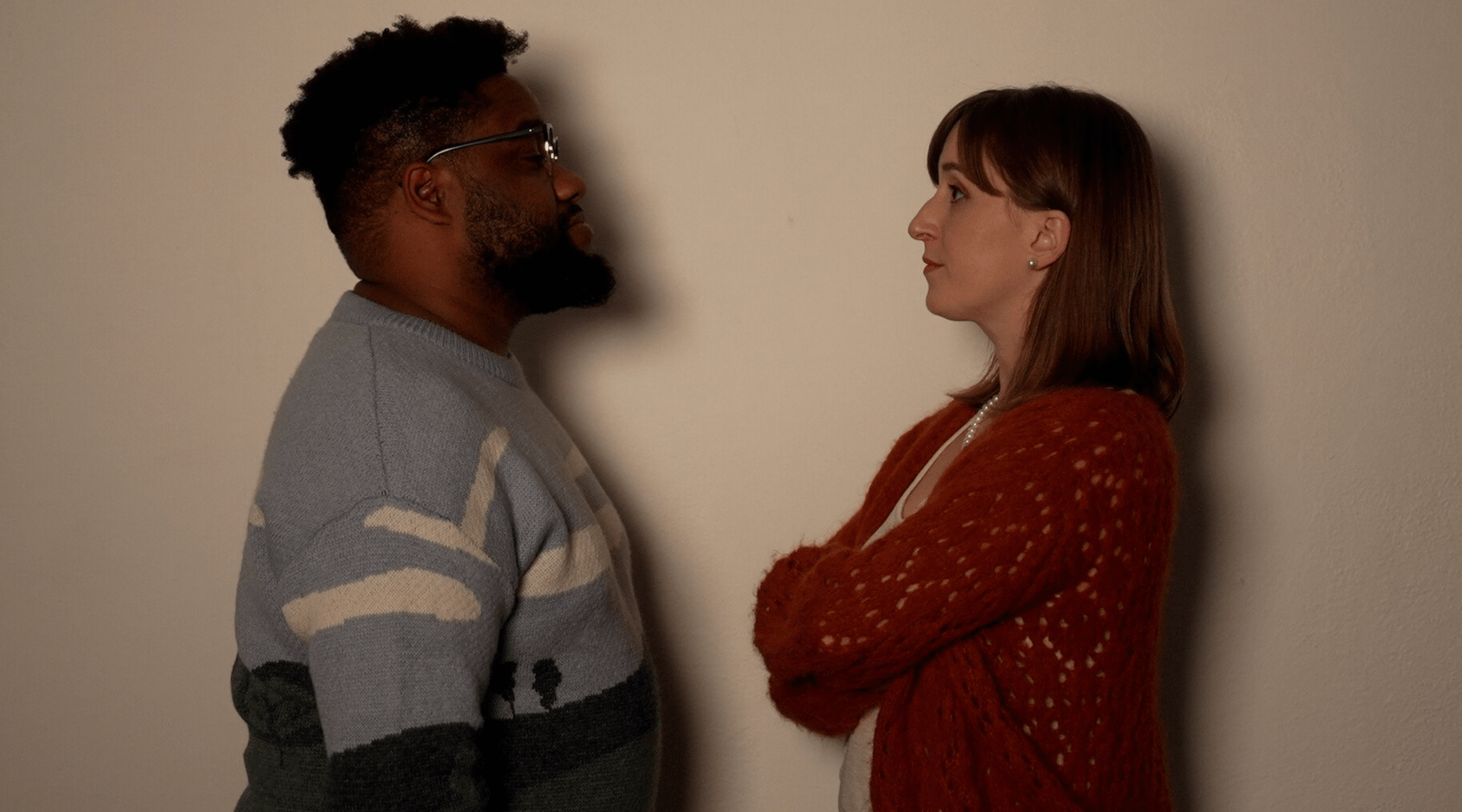
Executive Producer Debut: How Celia Carver Created Festival Hit ‘Afterparty’


Russia Claims 100% Success With New mRNA Cancer Vaccine
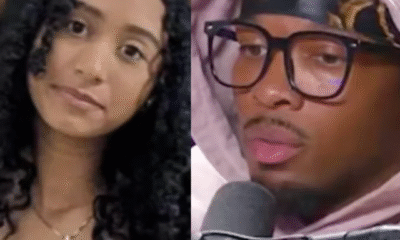

Body of Missing Teen Found in Tesla Linked to Musician D4vd


Why Are Influencers Getting $7K to Post About Israel?


Why Did Gen Z QUIT Drinking Alcohol?


YouTube’s New Sponsorship Update Could Make Creators Richer